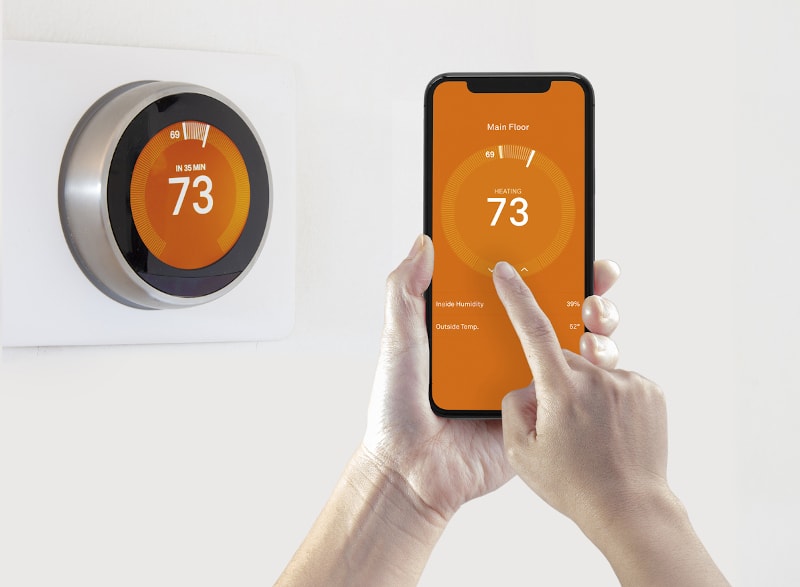Thermostats have come a long way. Since the new ones are increasingly high tech, they can help you reduce energy consumption in your Palm Bay, FL, home. Here’s what you need to know about the differences between programmable, zoned control and WiFi thermostats.
How Do Smart Thermostats Work?
You likely remember dial thermostats, which are also called analog or manual. Before getting into detail about the three different kinds of thermostats, it’s important to be familiar with how smart thermostats work. What they all have in common is that they automatically adjust temperature settings for your home based on a set of conditions that you program. This lets you change the temperature during daytime versus nighttime and when you’re away from home.
Some common features of smart thermostats include programmable temperature preferences, scheduling and low-power standby mode. There are three main types of smart thermostats that vary by their range of features.
Programmable
Also known as an automatic setback or clock thermostat, this one allows you to program six or more temperature settings a day. It also adjusts with outdoor temperature changes. There are five basic types:
- Electromechanical (EM) is the easiest to use, with manual controls and single-day settings for regular schedules, although some models allow custom settings for each day of the week.
- Digital programmable has LED or LCD digital displays and data entry buttons, and include fine temperature control and custom scheduling.
- Hybrid digital/manual programmable has both digital and manual controls.
- Occupany, as the name implies, maintains a setback temperature until the homeowner changes it with the push of a button.
- Light-sensing setback lowers the temperature for unoccupied rooms when ambient lighting darkens.
Zoned Control
Zoned control utilizes more than one thermostat for independent settings in different areas of the home. Multiple thermostats require dampers in order for the ductwork to guide air to that zone. This focuses heating and cooling in the rooms you’re using at a given time of day rather than spending the money to change the temperature of the whole home.
WiFi
This type allows you to adjust the temperature settings of your thermostat remotely, using an app on your cell phone. Not only can you monitor your HVAC system and furnace when you’re away from home, but you don’t have to get up from bed or the sofa to change it. Best of all, you can program a variable schedule. Some include geofencing to change the temperature when you’re a specific distance from home.
Programmable vs. Smart Thermostats
It’s easy to assume that a smart thermostat is a programmable thermostat that connects to WiFi, but there’s a difference. Some manual or programmable thermostats have an app to allow you to adjust temperatures using your cellphone. What makes a smart thermostat unique is that it has sensors to prevent human error in energy usage. It also doesn’t require you to manually input your temperature change schedule.
Choosing the Right Thermostat
Thermostats today come with a range of increasingly flexible options for tailoring temperature settings up to and including sensors, WiFi connectivity, geofencing, temperature data tracking and home automation. Their features allow for maximum energy efficiency while maintaining comfort.
When deciding on the thermostat technology you want, you must consider your existing HVAC system. That’s because not all HVAC systems will work with any particular thermostat technology.
If you prefer a thermostat that isn’t compatible, you may need to upgrade, adapt or replace your HVAC system. An HVAC professional can help you choose the thermostat that’s best for your current system and provide suggestions on upgrades.
If you need a new thermostat, call Barker Air Conditioning and Heating. We can help you save money and keep your home as comfortable as possible. We’re the experts for all your HVAC needs.
Image provided by iStock









